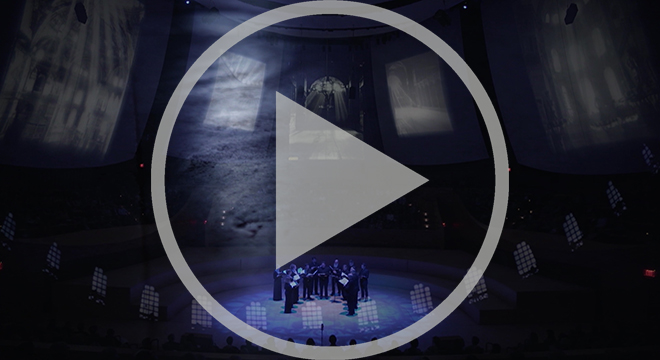The Glittering Sound of Imperial Violence: The Music for the Feast of the Exaltation on the Cross of Hagia Sophia
Presented By
The Gennadius Library
Speaker(s)
Bissera V. Pentcheva, Professor of Art History, Stanford University
Location
ASCSA, Cotsen Hall, 9 Anapiron Polemou, 106 76 AthensContact
210-72.10.536 (ext. 301)
The Feast of the Exaltation of the Cross on September 14 is born in Jerusalem and celebrates two important events: Helena’s discovery of the True Cross and the consecration of the altar at Golgotha. Originally this feast does not have a following outside Holy Land. Yet, when emperor Herakleios recovers the True Cross from the Persians for the second time and brings it for safekeeping in Constantinople in 628, the Feast of the Elevation suddenly acquires a special significance linked to the Byzantine capital and imperial power. A fervent activity of writing new hymns for the Exaltation commences in Constantinople. This poetry veers away from the typical soteriological ideas associated with the Cross and instead chooses to emphasize proto-nationalist ideas allowing imperial violence against the enemies of God's chosen Christian polity. This paper focuses on a couple of these signatures pieces––the troparion Sōson Kyrie and the kontakion Ho ypsōtheis en tō Staurō––composed for the Herakleian establishment of the Exaltation of the Cross in the cathedral liturgy of Hagia Sophia. The music is edited by Alexander Lingas and recorded and performed by Cappella Romana for the multi-disciplinary project Icons of Sound (2008-present) directed by Bissera Pentcheva (Dept. of Art & Art History, Stanford) and Jonathan Abel (Stanford's Center for Computer Research in Music and Acoustics). In analyzing the melodic structure of the kontakion and troparion and how it interacts with the acoustics of the Great Church and by using digital auralizations, this study demonstrates that the music aims to produce specific acoustic attacks on the great dome and thus activate visual-acoustic effects. These optico-aural phenomena of light and bright sound, I argue, are harnessed to express a political idea of Christian imperial violence permitted by God, a concept lacking from the original Jerusalemite repertoire, which ultimately defined the new Constantinopolitan character of the feast.
Pentcheva's research on medieval art includes studies on the cult of the Virgin in Byzantium, multi-media relief icons, and an exploration of the architecture, acoustics and ritual in Constantinople's Great Church, Hagia Sophia. She has published three books with Pennsylvania State University Press: Icons and Power: The Mother of God in Byzantium, 2006 (recipient of the Nicholas Brown Prize of the Medieval Academy of America, 2010), The Sensual Icon: Space, Ritual and the Senses in Byzantium, 2010, and Hagia Sophia: Sound, Space and Spirit in Byzantium, 2017 (recipient of the American Academy of Religion's Prize in Historical Studies, 2018) and an edited the volume Aural Architecture: Music Acoustics and Ritual in Byzantium, Ashgate 2017 that synthesized the research of the interdisciplinary project “Icons of Sound” (2008-present) she co-directs at Stanford. Pentcheva has received numerous fellowships among which are a Guggenheim, American Academy in Rome, Mellon New Directions, and Wissenschaftskolleg, Berlin.
* The lectude will be Livestreamed. Please click the play button bellow to start watching or click HERE.
